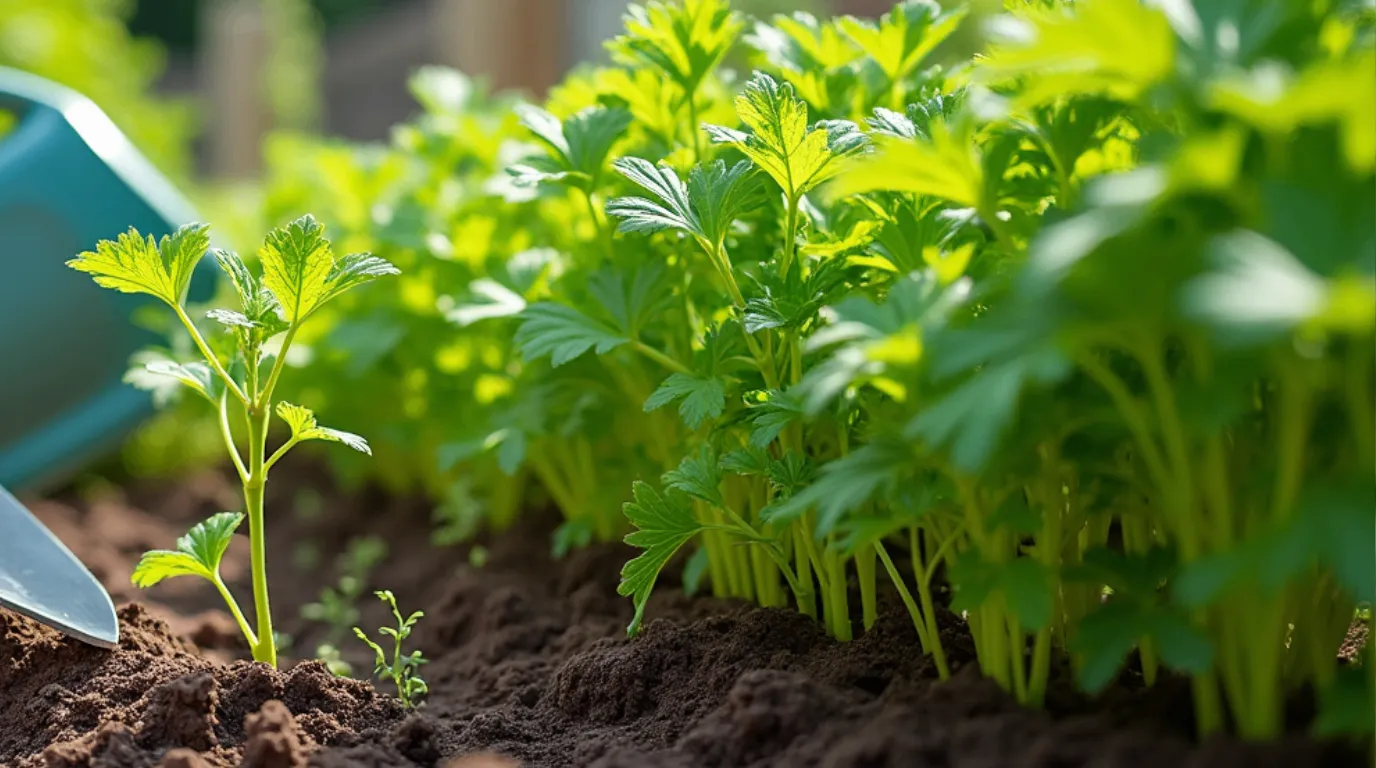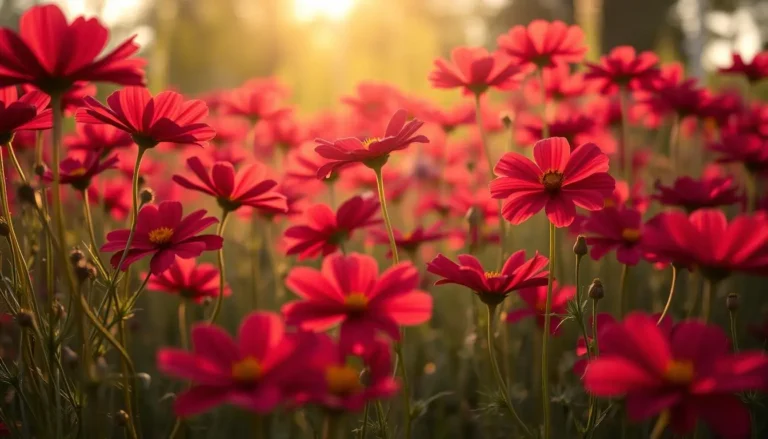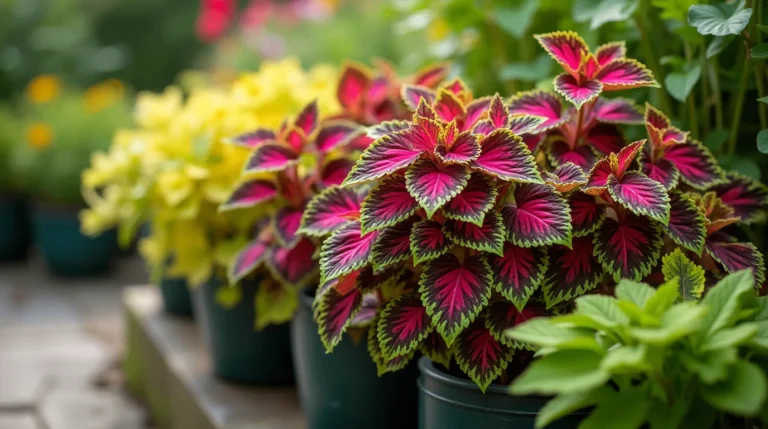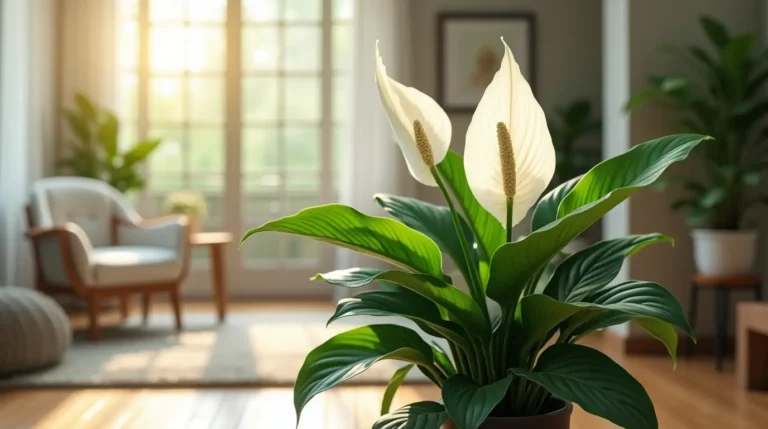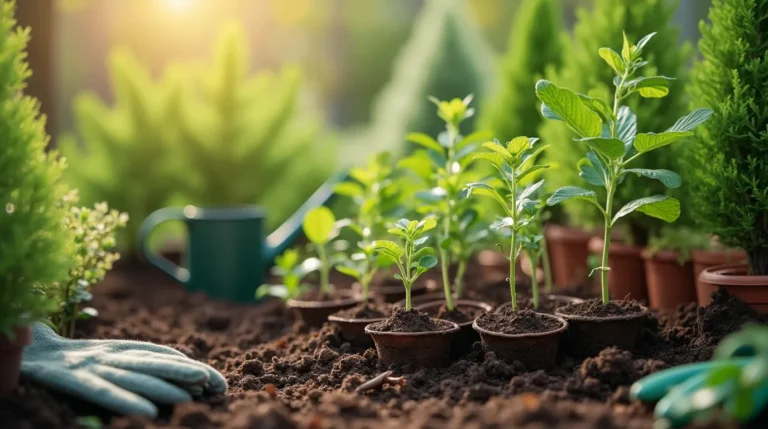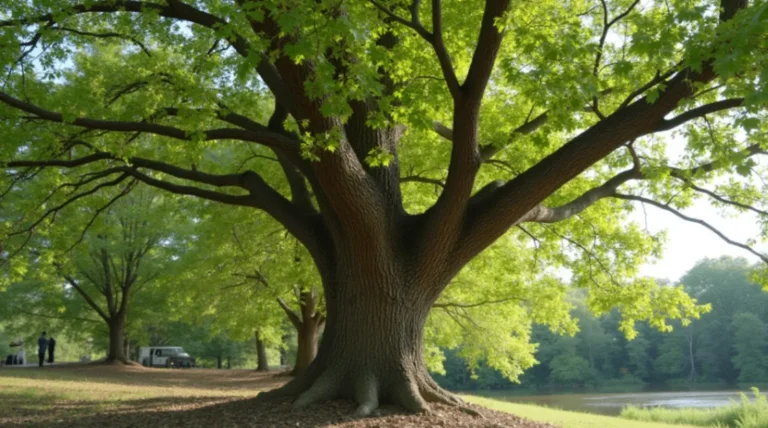How to Grow Lovage 101: A Beginner’s Guide to This Versatile Herb
Table of Contents
Lovage, an often-overlooked herb, is a versatile addition to any garden, offering both culinary and medicinal benefits. Known for its robust flavor that resembles celery with a hint of anise, lovage can elevate a variety of dishes, making it a favorite among home cooks and chefs alike. For beginners eager to explore the world of herbs, understanding how to grow lovage and care for these hardy plants can be both rewarding and straightforward. In this guide, we will delve into essential lovage gardening tips, ensuring you know everything from planting to enjoying the lush, flavorful leaves. Whether you’re an enthusiastic gardener or a curious cook, discovering the benefits of lovage could enrich your herb-growing journey.
Introduction to Lovage
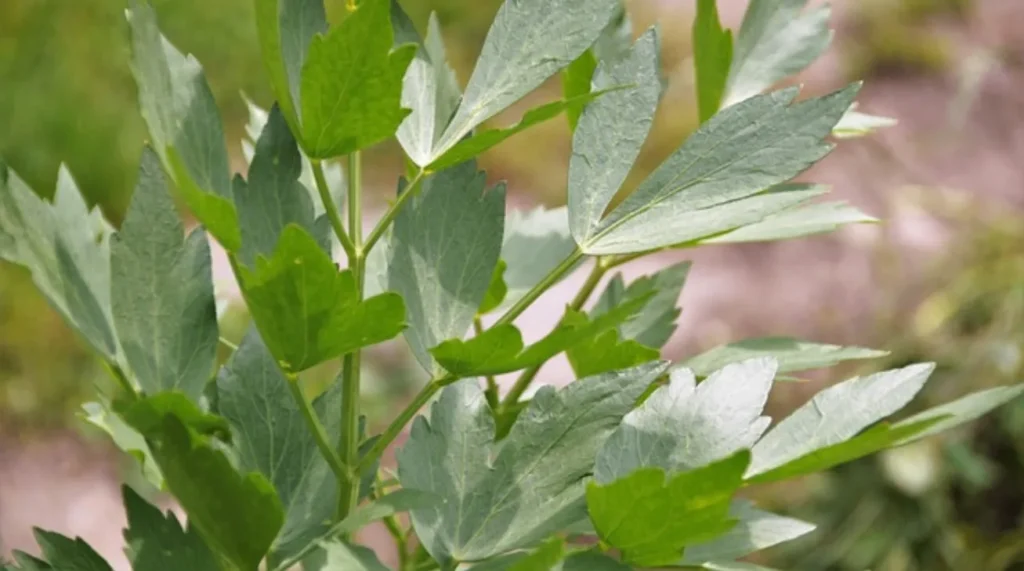
What is Lovage?
Lovage is a perennial herb native to southern Europe and parts of western Asia, known scientifically as Levisticum officinale. This plant is easily recognizable by its tall, hollow stems and dark green, serrated leaves that closely resemble those of celery. Growing up to six feet tall, lovage is not only valued for its culinary uses but also for its medicinal properties. The entire plant is edible, including its roots, stems, leaves, and seeds, all of which carry a rich, aromatic flavor. Often used in soups, stews, and salads, lovage offers a unique taste profile that combines the zest of celery with subtle anise notes. Beyond its culinary appeal, lovage has been used in traditional medicine for its diuretic and digestive benefits, making it a multifaceted addition to any herb garden.
Lovage Benefits
Lovage offers a multitude of benefits that make it a valuable addition to your garden and kitchen. Its culinary versatility is one of its standout features, as it can enhance soups, salads, and meats with its celery-like flavor. Lovage is a great herb for cooking, allowing you to add depth and aroma to various dishes. Beyond its culinary uses, lovage holds a place in traditional herbal medicine. It has been used to aid digestion, reduce bloating, and serve as a natural diuretic. Rich in vitamins and minerals, such as vitamin C and potassium, lovage can contribute positively to your dietary intake. Additionally, lovage’s aromatic properties can act as a natural insect repellent in your garden, protecting other plants from pests. Overall, the benefits of lovage extend from the kitchen to herbal remedies, making it a versatile plant worth cultivating.
Uses in Cooking
Lovage is a versatile herb in the culinary world, prized for its ability to impart a vibrant, celery-like flavor to dishes. Home cooks and chefs often use their leaves, stems, and seeds to enhance the taste of soups, stews, and broths. The leaves can be used fresh in salads, providing a unique twist with their slightly spicy undertone. Lovage stems, which are hollow, can be sliced and added to stir-fries or used as a flavorful garnish. Additionally, lovage seeds are often used as a spice, similar to fennel or caraway, adding depth to baked goods and savory dishes. Due to its potent flavor, it’s recommended to use lovage sparingly to avoid overpowering other ingredients. As part of your collection of herbs for cooking, lovage can offer an exciting new dimension to traditional recipes, making it a must-have for adventurous cooks seeking to expand their culinary repertoire.
How to Grow Lovage
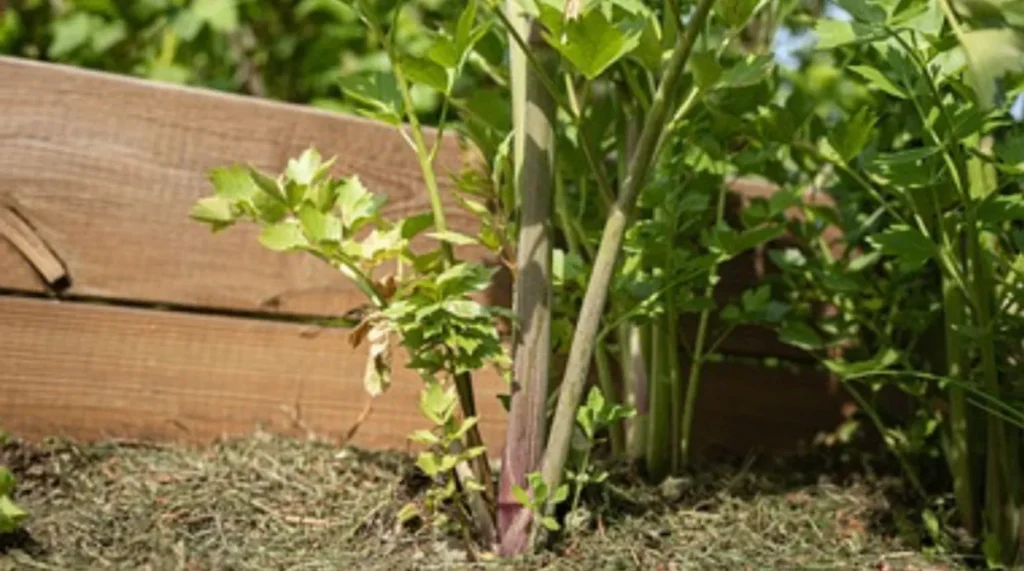
Choosing the Right Location
Selecting the optimal location for growing lovage is crucial for its healthy development. Lovage thrives in a sunny spot, although it can tolerate partial shade. Ideally, it should receive at least six hours of sunlight daily to maximize growth and flavor. The soil should be well-drained and rich in organic matter, as lovage prefers loamy soil with a slightly acidic to neutral pH level. When planting lovage, ensure there is enough space for the plant to grow, as it can reach heights of up to six feet and spread out considerably. Consider placing lovage at the back of your herb garden or in an area where its height won’t overshadow smaller plants. Furthermore, planting lovage near vegetables such as potatoes and carrots can be beneficial, as it may help deter pests naturally. By carefully choosing the right location, you set the foundation for thriving, healthy lovage plants.
Planting Techniques
Growing lovage starts with understanding the right planting techniques. You can begin by sowing seeds indoors 6 to 8 weeks before the last frost date. Use seed trays filled with seed-starting mix, and plant the seeds about a quarter-inch deep. Keep the soil consistently moist and maintain a temperature of about 70°F to ensure optimal germination. Transplant the seedlings outdoors once they have at least two sets of true leaves and the threat of frost has passed. Space the seedlings about 18 to 24 inches apart to allow ample room for growth. Alternatively, lovage can be sown directly into the garden once the soil has warmed. For direct sowing, ensure the planting area is well-prepared, with loose soil enriched by compost. Lightly cover the seeds with soil and keep them moist until germination occurs. By employing these planting techniques, you provide your lovage with the best start for a robust growing season.
Lovage Gardening Tips
To ensure the healthy growth of your lovage plants, incorporate a few practical gardening tips. First, maintain consistent soil moisture, especially during the dry summer months, as lovage prefers damp conditions. Applying mulch around the base of the plant helps retain soil moisture and suppress weeds. Remove dead or yellowing leaves regularly to encourage new growth and prevent disease. Fertilize lovage in the early spring with a balanced organic fertilizer to nourish the plant and boost its vigor. Additionally, lovage can be susceptible to pests such as aphids and slugs. Use natural pest control methods such as neem oil or introduce beneficial insects like ladybugs to manage infestations. If you notice the plant becoming too large or unruly, consider dividing the root clumps every few years to rejuvenate growth. Implementing these lovage gardening tips will help you cultivate a robust, productive herb that enriches your garden and kitchen.
Caring for Lovage Plants
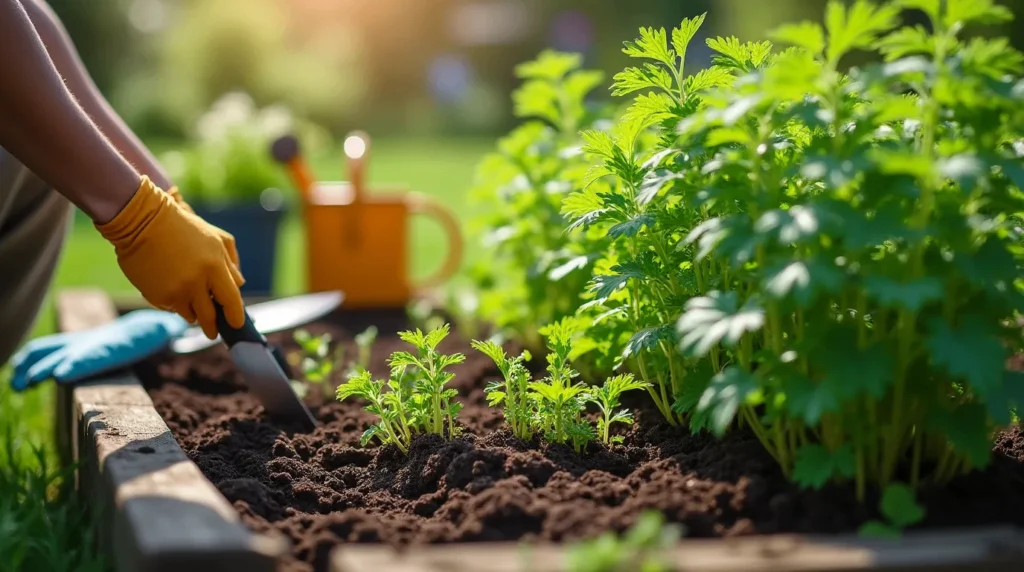
Watering and Soil Needs
Proper watering and soil conditions are vital for the successful cultivation of lovage. This herb thrives in moist soil, so it’s important to keep the ground consistently damp but not waterlogged. During dry spells, ensure you water deeply at least once a week to maintain soil moisture. To help retain moisture, consider applying a layer of organic mulch around the base of the plant. This also helps reduce weed growth and stabilize soil temperature. When it comes to soil, lovage prefers a well-drained, loamy soil rich in organic matter. An ideal pH for the soil is slightly acidic to neutral, between 6.0 and 7.0. Before planting, improve the soil quality by incorporating compost or well-rotted manure to provide essential nutrients. By paying attention to the watering and soil needs of lovage, you can foster robust growth and ensure your plants remain healthy throughout the growing season.
Managing Pests and Diseases
Managing pests and diseases is an essential part of caring for lovage plants. While lovage is relatively hardy, it can occasionally face challenges from pests like aphids and slugs. To manage aphid infestations, consider introducing natural predators such as ladybugs or applying neem oil as an organic pesticide. For slugs, setting up barriers or using natural deterrents like diatomaceous earth can prove effective. In terms of diseases, lovage may be susceptible to fungal issues, particularly in overly moist conditions. Promote good air circulation by spacing plants adequately and pruning dense foliage. If you notice signs of fungal infections, such as powdery mildew, remove affected leaves and consider applying a fungicide. Ensuring proper drainage and avoiding overhead watering can also help prevent disease. By actively managing pests and diseases, you can maintain the health and vitality of your lovage plants, ensuring they thrive in your garden.
Harvesting and Maintenance
Harvesting lovage can begin once the plants are well-established, typically after their first growing season. For the best flavor, pick the leaves early in the morning when their essential oils are most concentrated. Regularly harvesting the outer leaves encourages new growth and prevents the plant from becoming too leggy. You can also cut stems as needed for culinary use, but avoid over-harvesting, which can weaken the plant. During the growing season, maintain your lovage plants by removing any dead or damaged leaves and stems to promote healthy growth. In the fall, cut back the stems to ground level, which helps the plant overwinter more effectively. Mulching around the base of the plant can provide additional protection during colder months. By adhering to these harvesting and maintenance practices, you ensure your lovage remains productive and healthy, providing a continuous supply of flavorful leaves for your culinary endeavors.

